We all have the basic listing by play type, situation, and field position; one thing that has become very helpful is a more specfic, organized way to think through the problems (and opportunities) the defense is confronting us with. Below is a snippet of one section of our call sheet, featuring some scenarios vs our basic RT/LT (3x1) sets:
|
We've all heard it before: "Think PLAYERS, not plays." However, many get over-involved in the schematics of attacking scheme that some very rudimentary things get left out. As a result, things become more complicated than they need to be. If you have a complete passing system that features ways to attack (described here), you don't need a ridiculous looking call sheet: All kidding aside, I'm sure there's a method to the madness; I just know I could not function with that much "stuff" to look at. While every offseason is spent on the "tweaks" in the system, nothing is as time-consuming as the way I'd like my call sheet to be organized. We all have the basic listing by play type, situation, and field position; one thing that has become very helpful is a more specfic, organized way to think through the problems (and opportunities) the defense is confronting us with. Below is a snippet of one section of our call sheet, featuring some scenarios vs our basic RT/LT (3x1) sets: In the top left corner of the section, for example, we have some base calls to go to when we anticipate our single receiver can defeat his single defender. The numbers (76 and 61) represent the wristband numbers to call on the left and right hash marks respectively. Here, we anticipate a strong roll vs bunch, combined with the frontside safety (F) cross-keying #3 on his vertical route. Thus, if the Z can cross the corner's face, there is a potential for an explosive play; if he doesn't, the drag route has plenty of room to work the W. Conversely, we also prepare for when the matchup favors the defense. Under the heading "SHUTDOWN ON SINGLE", we have base plays prepared to counter this. Below, with the corner over X being the shutdown corner, the defense plays a popular matchup concept: the backside safety (B), middle linebacker (M), and strong linebacker (S) play a triangle over Y and A, with the frontside safety (from the QB read perspective) pushing to the 3 receiver side. We can therefore gain an edge with the W manned up on our B-back, with Y coming in behind: The above represents just a small sample of basic plays in this system that can be categorized in several different strategic or tactical situations. Many of us have come away from a game having left a "must call" from preparation on the call sheet; the important thing is having the informatio organized in such a way that the play caller can access what he needs under the duress of a close ballgame.
0 Comments
Part 3 of the iBook series is coming soon! This part will cover the teaching of the overall offense, and include the running game, screens, and installation in addition to the passing game. Further, we have an exciting new platform we will be launching from, so stay tuned. As I prepare this latest work, I wanted to share with you a short clip that involves an example of how to DICTATE to the defense. With the preponderance of robber coverage to counter the spread run game, offensive coaches must find ways to take advantage of automatic checks that come with the rules of the defense... The HIT LISTS that are now available as a separate consulting package feature dozens of ideas like this for each of the major coverage categories.
I really hate that the topic of conversation about the Patriots is the ball inflation scandal rather than the relentless assault on defensive structures. As the game unfolded, I was extremely impressed that EVERY PLAY was designed to dissect the Colts' defense; I am surely looking forward to ways in which they will attack the coverage tendencies of the Seattle secondary. While the football fan is focused on eligible linemen and the like, I am concentrated on the manner in which the coverage and front structures of a defense are stretched beyond repair. In order to do so, the quarterback must be able to attack when the opportunity presents itself. Because of this, it is integral that the QB MANUAL is more than just a drill book -- IT SHOULD BE A GUIDE TO EXECUTING THE OFFENSE. It should have explanation, diagrams, animated presentations, and video. Here is a small excerpt from my QB MANUAL: Not only must the QB be in tune, but the entire coaching staff as well. That's the reason for developing "HIT LISTS" as a game planning tool. These "HIT LISTS" go even further than the Attacking Coverage section of my QB manual, because focuses the minds of the coaching staff on formations and matchups, and thought processes, as well as pattern and coverage structures: The upcoming Webinars will go hand in hand with the subject matter of the two iBooks that are out, and will also serve as a springboard for the next two, which will cover Teaching and Game Planning.
In addition to Parts 3 and 4 of my iBook series (here), we are working on a web clinic series in that will cover several topics throughout the spring. To answer many questions I have been getting, iBook Part 3 will deal with teaching/ installing, and Part 4 will cover game planning. In order to augment these works, our clinics will cover parts of the QB Manual, Attacking Coverage Section, and our new "Hit Lists" -an update to the game planning menu under consultant services - which serves as a brainstorming tool when combating the major coverage categories.
The season may have come to a close, but there is still PLENTY of football to go around! More information to come... |
AuthorLiving in Allen, TX and using this outlet to not only stay close to the game I love, but to help pass on what I have learned from some of the game's great coaching minds. Categories
All
Archives
July 2021
|

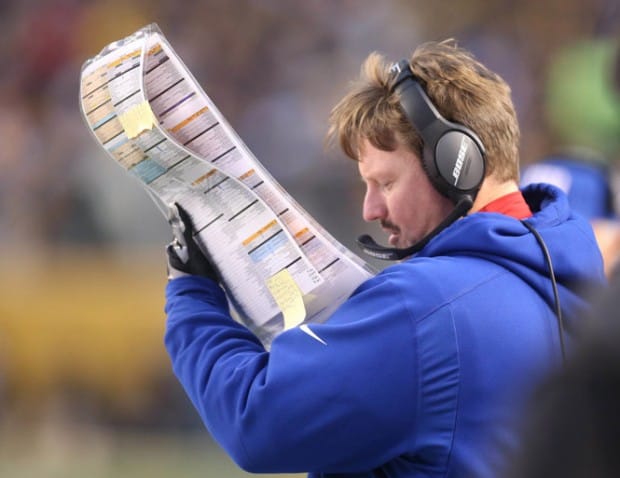
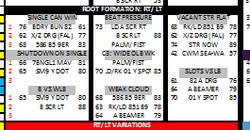
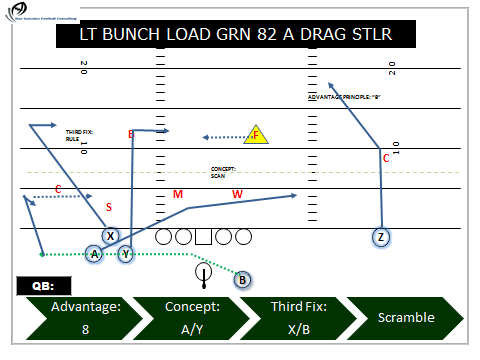
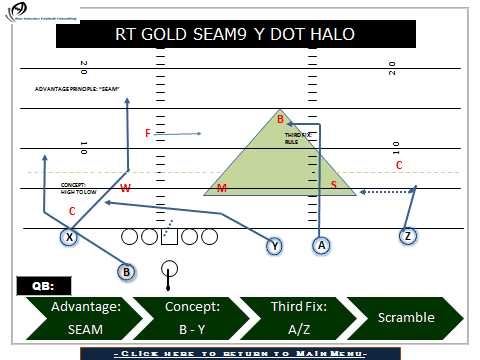
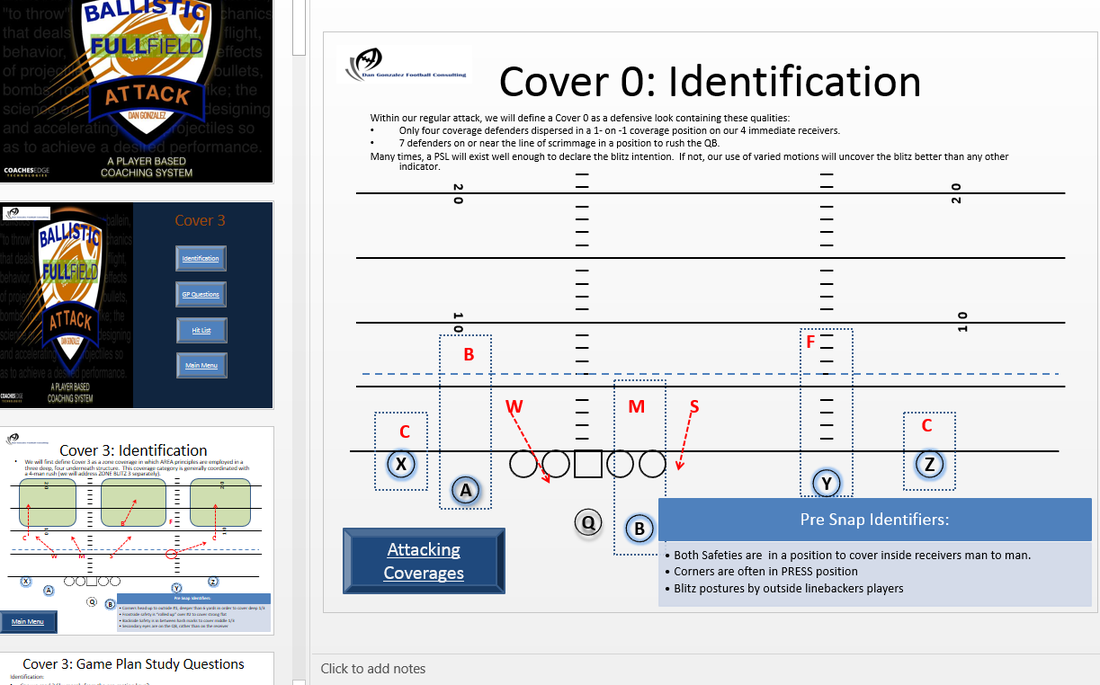
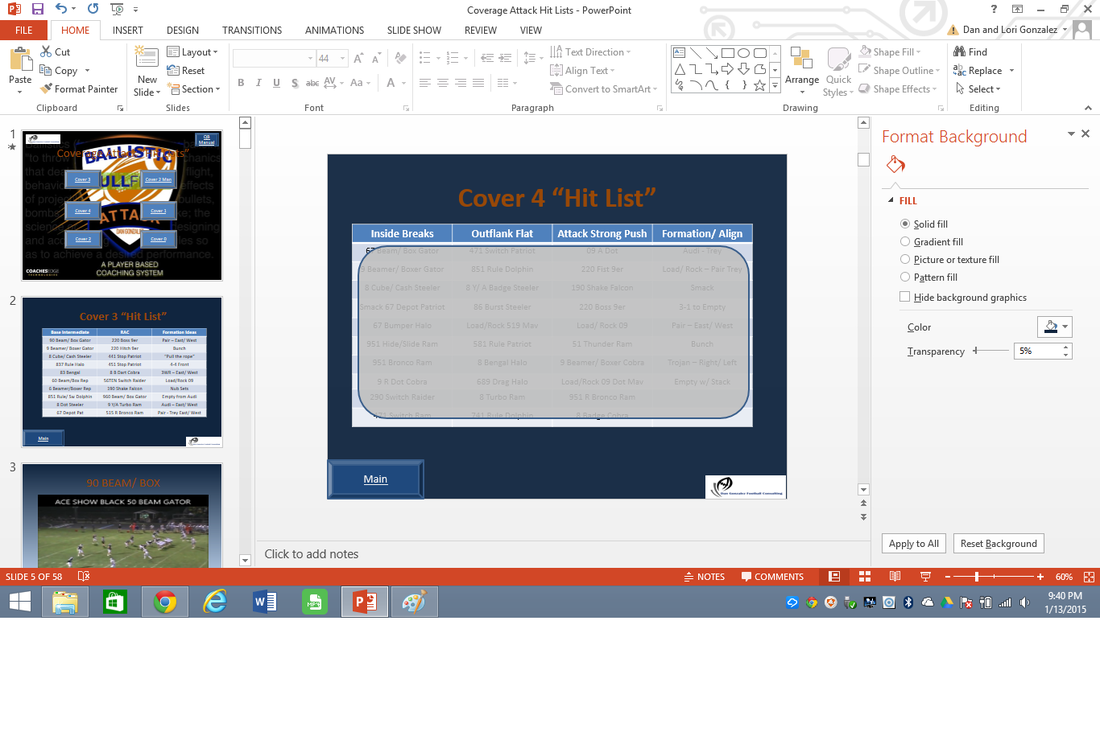

 RSS Feed
RSS Feed
